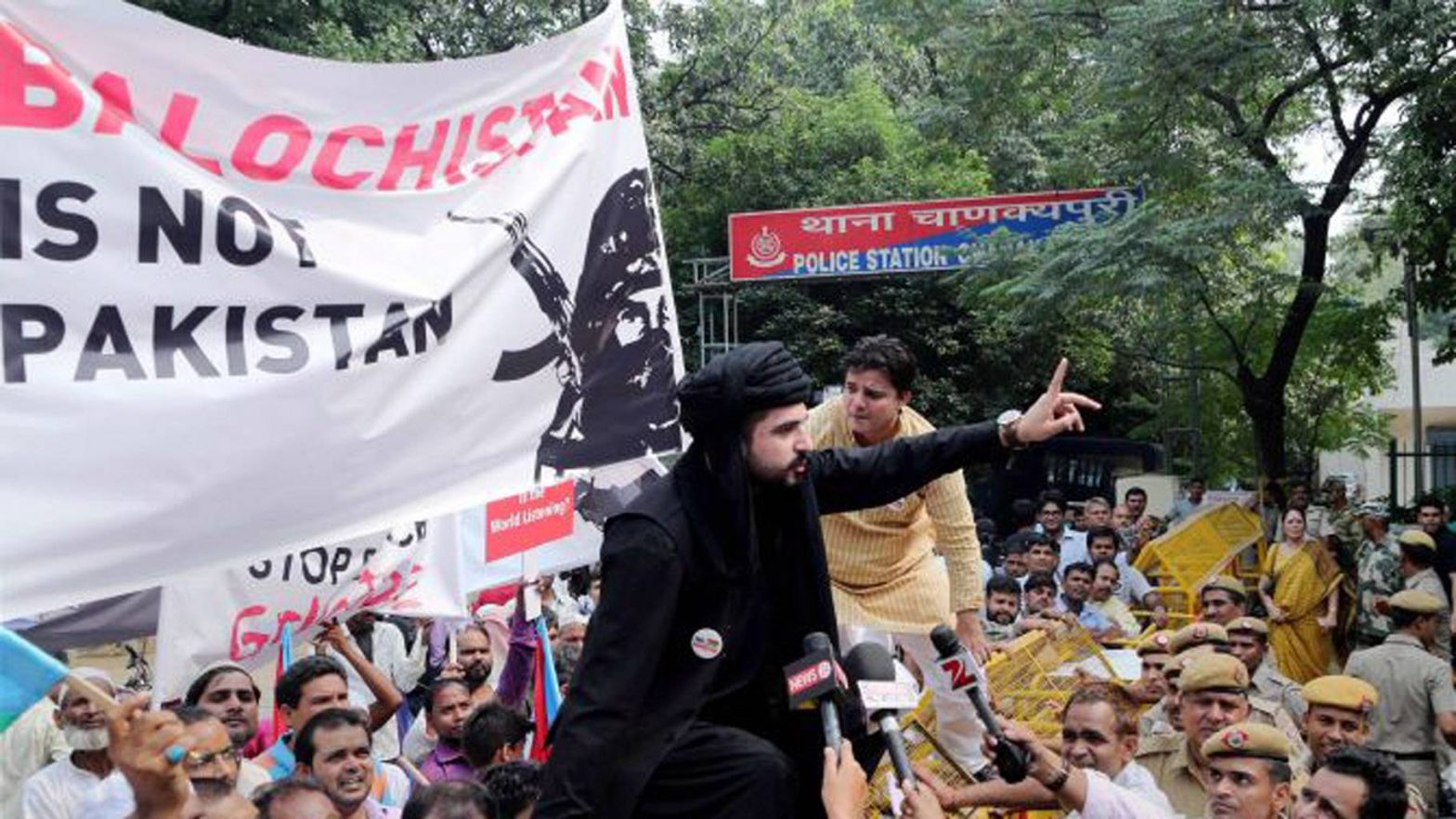


On January 29th, at 9 pm, the city of Mach in Balochistan’s Bolan district reverberated with a powerful explosion, audible for several kilometres in surrounding areas. The series of explosions and gunfire persisted for the following two days. Within half an hour, the Baloch Liberation Army (BLA) spokesperson, Jeeyand Baloch, confirmed the attack, dubbing it “Operation Dara-e-Bolan.” Jeeyand Baloch urged Baloch residents to stay indoors, cautioning against travel to cities and specifying the participation of BLA’s Majeed Brigade, Special Tactical Operations Squad (STOS), Fateh Squad, and Intelligence Wing. This intricate and intense attack marked a significant event in Balochistan’s freedom movement, with analysts deeming it a unique historical assault in Baloch history.
Location of Mach City:
Mach City, situated 60 kilometres from Quetta, the capital of Balochistan, is renowned for its coal mines, supplying coal to various regions of Pakistan, particularly factories in Punjab, generating substantial annual revenue. Established by the British government in 1929, Mach Jail, also known as Kala Pani, once housed prominent politicians, intellectuals, and journalists. Moreover, with the presence of the central highway (NA-65) and railway tracks, Mach City’s importance is accentuated by the daily movement of thousands of goods-carrying vehicles and trains. In the contemporary era, the city boasts high-security features, including Mach Jail, military headquarters, various military posts, and checkpoints, along with railway tracks.
Operation Dara-e-Bolan:
Operation Dara-e-Bolan, orchestrated by the BLA, was a complex and intense attack in Balochistan’s history, involving 385 freedom fighters. The BLA’s Majeed Brigade comprised 12 members, with additional participation from the Special Tactical Operations Squad and Fateh Squad. The attack commenced with a Majeed Brigade fidayee detonating a vehicle filled with explosives at Pakistani forces’ headquarters. Farooq Syed, also known as Chakar, was identified as the perpetrator. Following the explosions, BLA’s Majeed Brigade members initiated the assault, while other units attacked military checkpoints, police stations, and installations concurrently.
BLA fighters seized control of the central highway, railway stations, and police stations while sabotaging railway tracks with explosive materials. This marked the first instance of any Baloch pro-independence organization executing an attack in a conventional military style. Mach City remained under BLA control for 46 hours within an 80-kilometre radius. Baloch fighters utilized modern weapons, including rockets, and DShKs (Dashakka) heavy anti-aircraft machine guns to down military helicopters.
BLA confirmed 13 member deaths during the attack, including 12 from BLA’s Majeed Brigade and one from the Fateh Squad. The organization claimed responsibility for the deaths of 78 Pakistani troops, including the regular army, paramilitary Frontier Corps, and commandos from the Special Services Group (SSG). Throughout the operation, BLA fighters maintained control of the military headquarters while targeting military convoys arriving to aid the besieged. Local militia death squads, backed by the Pakistan army, also faced BLA attacks.
Government’s Changing Stance:
The Pakistani government’s stance fluctuated during Operation Dara-e-Bolan. Balochistan’s Information Minister, Jan Achakzai, issued multiple statements, initially retracting his claim of rocket firings and later asserting successful thwarting of coordinated attacks. Despite the minister’s statements, videos from Mach residents portrayed the grim reality. Meanwhile, BLA’s media channels disseminated audio messages and fighter videos, underscoring the severity of the situation.
Conclusion:
Operation Dara-e-Bolan showcases BLA’s strategic shift toward urban centres in Balochistan’s freedom struggle. This attack, unprecedented in its intensity and duration, signifies potential momentum for the movement in urban areas. In the past, BLA, among other groups, targeted Chinese Consulates, Gwadar’s High-Security Zone, or conducted intelligence operations in Turbat. However, Operation Dara-e-Bolan, involving simultaneous actions by four units, underscores the prowess of BLA operatives and signifies a new phase in Balochistan’s freedom struggle.
The author is a journalist with six years of experience covering the conflict in Balochistan, operating from the war zone itself.